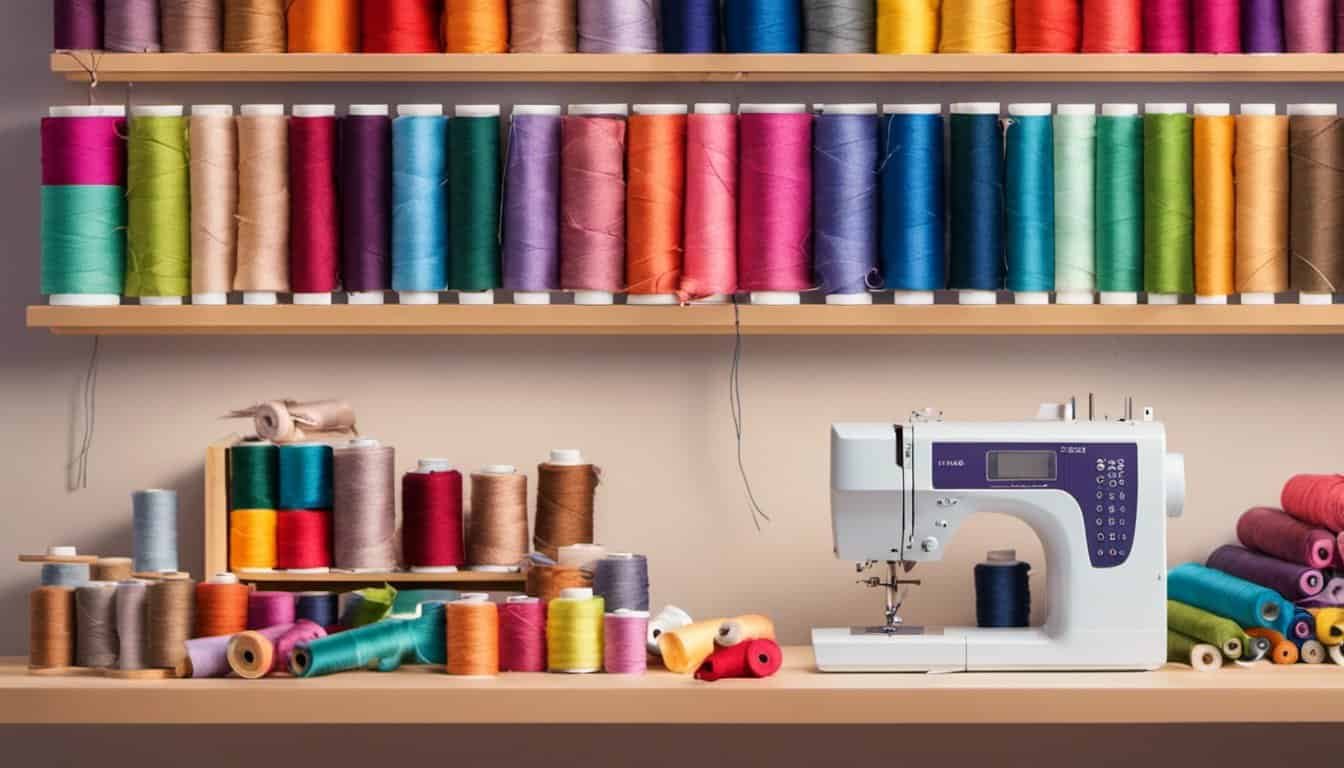There’s something so satisfying about creating something both beautiful and practical with your own hands. Sewing a fabric pin cushion is one of those timeless projects that never goes out of style. Whether you’re new to sewing or a seasoned pro, this classic project is a perfect way to add a personal touch to your sewing space.
I love how a pin cushion can be as simple or as detailed as you want, making it a great opportunity to play with colors, patterns, and textures. Plus, it’s a small project that doesn’t take much time or fabric, so it’s perfect for using up scraps. By the end, you’ll have a charming little tool that keeps your pins organized and ready to use.
Why Sewing a Fabric Pin Cushion Is a Classic Project
Sewing a fabric pin cushion stands out as a timeless project due to its practicality and creative potential. It combines craftsmanship with functionality since a pin cushion is essential for organizing pins in any sewing setup. This project strikes a perfect balance between being straightforward for beginners and engaging for experienced sewers.
Classic appeal often comes from its adaptability. A fabric pin cushion can take many shapes, such as squares, circles, or novelty designs like fruits or animals. This flexibility allows me to personalize the design based on style preferences or needs. Using vibrant fabric patterns or contrasting thread colors brings an artistic touch to a useful tool.
Another key reason is the minimal material requirement. I often use fabric scraps, leftover stuffing, or recycled materials to make a pin cushion. This resourcefulness contributes to its enduring popularity as an eco-friendly and cost-effective project. It also allows me to reduce waste while creating something beautiful and functional.
Finally, the project’s charm lies in how quickly it can be completed. It doesn’t demand extensive sewing experience or time. I can finish a pin cushion in just one afternoon, making it a perfect choice for practicing or teaching sewing skills. This simplicity ensures it remains a beloved project for generations.
Materials Needed
Creating a fabric pin cushion is straightforward when you gather the right materials. These items ensure the process runs smoothly, delivering a functional and charming result.
Fabric Selection
Choose cotton or linen fabrics for their durability and ease of use. Scrap fabric pieces work great for this project. Look for patterns and colors that match your sewing setup or personal style. Consider using quilting cotton for its stiffness or lightweight denim for a rustic look.
Essential Tools and Supplies
Gather a sewing needle, scissors, pins, and strong thread to assemble the cushion securely. A measuring tape helps cut fabric accurately. Include a thimble if hand stitching. Use polyester fiberfill or repurposed fabric scraps for stuffing. For added stability, include dried lavender, ground walnut shells, or fine sand. A sewing machine is optional but speeds up construction for straight seams.
Step-By-Step Guide to Sewing a Fabric Pin Cushion
Making a fabric pin cushion is simple and enjoyable when broken down into clear steps. With minimal materials and time, it’s possible to create a functional and charming sewing tool.
Cutting and Preparing the Fabric
I start by selecting two pieces of fabric for the cushion, ensuring each measures 5×5 inches for a standard size. For unique designs, experimenting with shapes like circles or hexagons adds variety. I use sharp fabric scissors or a rotary cutter to achieve clean edges, as frayed cuts affect the final look. After cutting, I press the fabric with an iron to ensure it’s flat and smooth, which simplifies sewing.
To mark a 1/4-inch seam allowance on the fabric’s wrong side, I use a fabric marker or chalk. This guide ensures even edges when stitching. If the fabric is thin, I fuse lightweight interfacing to add durability and structure.
Sewing the Base
With the fabric pieces aligned, right sides together, I secure them using pins or clips. I stitch around the edges, following the marked seam allowance, and leave a 1-2 inch gap on one side to turn the fabric inside out. Using a sewing machine makes this step faster, but hand stitching is equally effective for small projects.
Next, I trim the corners without cutting into the seam to reduce bulk, ensuring crisp points when the cushion is turned. Turning the fabric right-side out through the gap requires patience, and I use a blunt object, like a chopstick, to gently push out corners.

Stuffing and Finishing Touches
For stuffing, I prefer polyester fiberfill as it creates a firm yet flexible cushion. If additional weight is desired, finely ground lavender or sand can be added. I evenly fill the cushion through the gap and avoid over-stuffing to maintain a soft, balanced shape.
I close the gap using a ladder stitch, which creates an invisible seam. Taking small, even stitches ensures the edge blends seamlessly with the base. For an extra touch, I sew a decorative button in the center or add embroidery for personalization, making the pin cushion truly one-of-a-kind.
Creative Variations for Pin Cushions
Exploring creative styles for fabric pin cushions allows anyone to add a personal touch and showcase their craftsmanship. From unique shapes to personalized embellishments, the possibilities are endless.
Unique Shapes and Designs
Trying diverse shapes and designs makes pin cushions both functional and visually appealing. Round cushions are classic, offering simplicity and ease of use. Heart shapes bring a whimsical charm, perfect for gifting or themed projects. For extra functionality, wrist pin cushions can be designed with an attached elastic band. Cube-shaped cushions provide a modern look and stability on a sewing table. Experimenting with novelty shapes like fruits, animals, or teacups can also elevate the design, turning the pin cushion into a decorative piece.
Embellishments and Personalization Ideas
Incorporating embellishments adds flair and individuality to the pin cushion. Embroidered initials or patterns, such as floral stitches or geometric designs, create a polished touch. Using contrasting or printed fabrics for panels introduces texture and interest. Attaching buttons, beads, or lace enhances the overall look. A fabric loop on the edge allows for easy hanging or storage. Adding a touch of functionality, integrating pockets or sewing measuring tape around the cushion offers extra utility. Small details like ribbon bows or hand-painted accents make the final product truly unique.
Tips for Beginners
« DIY Sewing a Sleep Mask: A Quick Project for Personalized Relaxation and Better Sleep
How to Make a Fabric Headboard for Your Bed: Easy DIY Guide to Transform Your Bedroom »
Starting with simple steps makes sewing a pin cushion enjoyable and stress-free. Keeping these tips in mind helps build confidence and ensures successful results.
- Choose basic designs. Select square or round-shaped pin cushions to begin with, as they’re easier to sew and require minimal skill. Avoid complex novelty shapes until you’re comfortable with the basics.
- Organize your workspace. Keep all tools—scissors, needles, pins, and thread—within reach. This reduces interruptions and makes the process smoother.
- Practice on scrap fabric. Before starting your pin cushion, try sewing straight stitches on fabric scraps. It improves control and ensures stitches are even.
- Measure carefully. Use a ruler or fabric tape to ensure accurate measurements. Uneven fabric pieces can lead to misaligned stitches or an unbalanced final product.
- Use a sturdy thread. Opt for strong, durable thread to prevent breakage during stitching and when filling the cushion.
- Pin and mark before sewing. Secure the fabric pieces with pins and mark the seam allowance using a fabric marker to maintain accuracy when sewing.
- Start with hand sewing. If you’re unfamiliar with a sewing machine, hand stitching works fine for this project. Focus on maintaining consistent tension for neat seams.
- Stuff evenly. Avoid overfilling or leaving empty spots when stuffing the cushion. Distribute the material evenly for a smooth and stable finish.
- Take your time. Work at a steady pace, especially on areas like corners or edging. Rushing increases the chance of uneven stitches or mistakes.
Adjusting to these practices lets beginners not only complete their first pin cushion successfully but also develop foundational sewing skills for future projects.
Conclusion
Sewing a fabric pin cushion is such a delightful way to combine creativity and practicality. It’s a project that lets you explore your style while crafting something truly useful. Whether you’re a beginner trying out your first stitches or an experienced sewer looking for a quick, satisfying project, a pin cushion is always a great choice.
I love how this little project can be customized to reflect your personality, and it’s a perfect way to use up those fabric scraps you’ve been holding onto. Plus, the joy of finishing something in just an afternoon is hard to beat. Give it a try—you might just find it’s one of your favorite sewing projects!


















